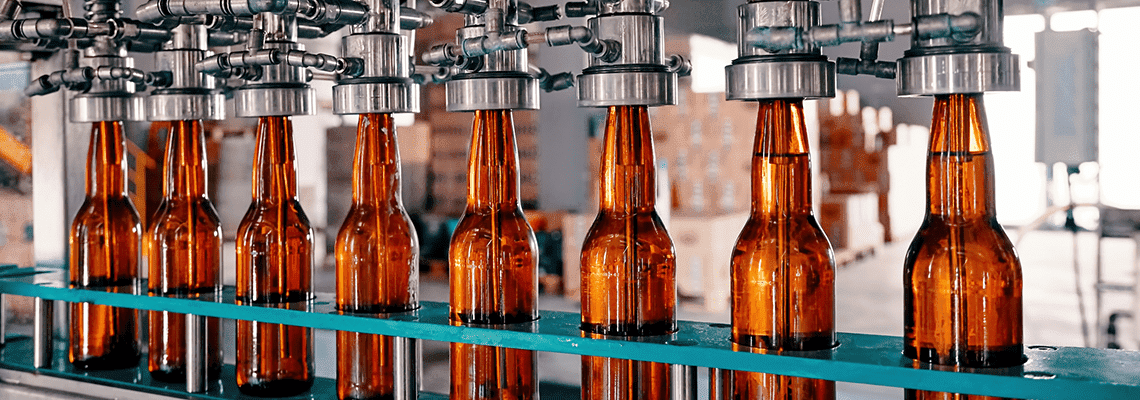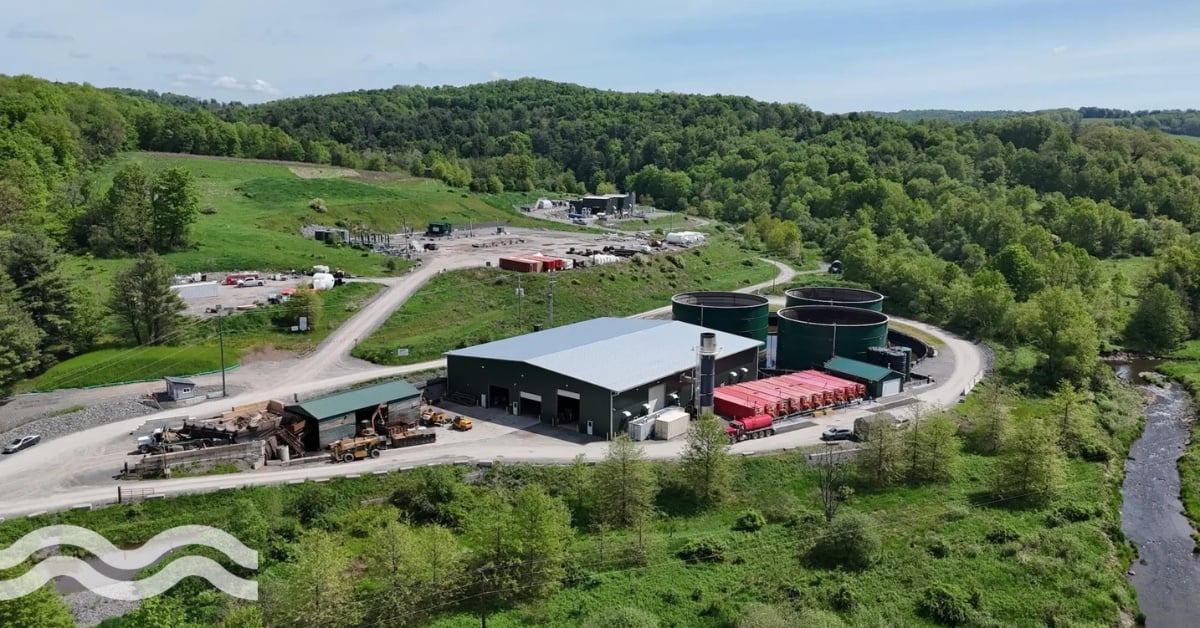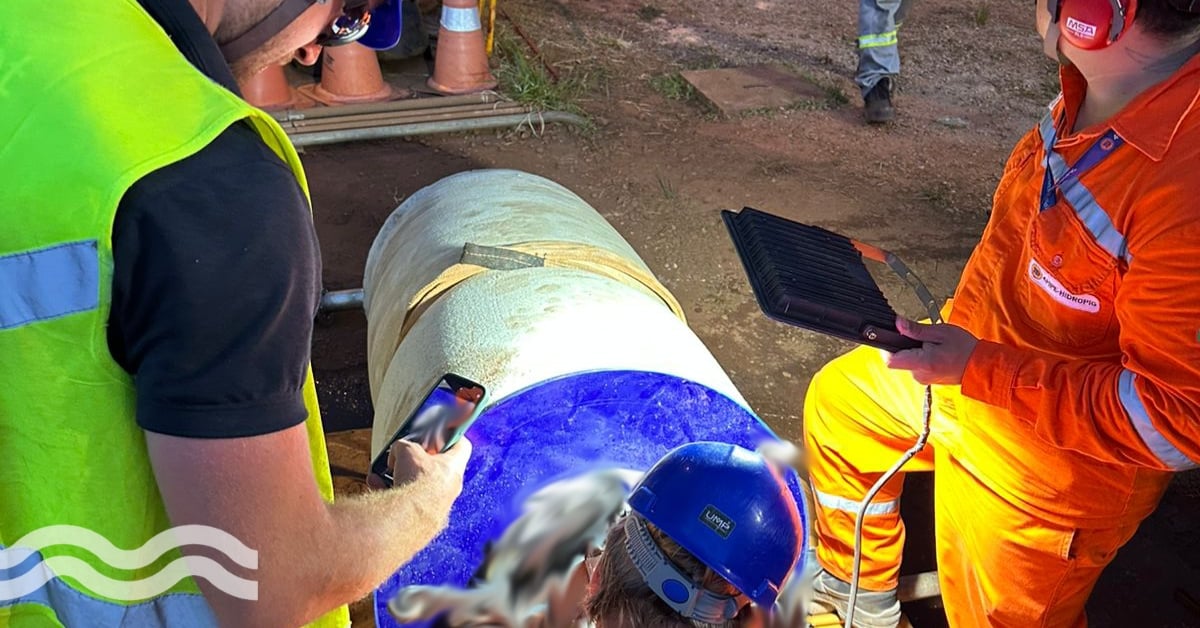Context-based guide to accelerate water reuse in beverage industry

Going ‘beyond reduction’ on water
Water is a fundamental and the most significant product ingredient by volume in beverage production. Yet, there is a need for context-based decisions when it comes to reuse and recycling.
That’s according to a new ‘Context-Based Decision Guide for Water Reuse and Recycling’ from the Beverage Industry Environmental Roundtable (BIER).
Designed to help accelerate water stewardship through water reuse and recycling, one of the purposes of the guide is to help companies go “beyond reduction”.
This can be done through broader adoption of water reuse and recycling by all facilities around the world.
Designed to be relevant to any facility, in any industry, in any location in the world, the guide is designed to accelerate conversations, decisions and investments into reduction, reuse and recycling.
Why a ‘context-based’ approach
BIER said that historically water-related investments are often more challenging to justify compared to other aspects of a business.
The true cost of water can be two to three times what companies realise when taking into account additional costs for pumping, moving, treating and cooling.
Furthermore, companies and local facilities often overlook considerations such as “operational costs versus returns”, the organisation said.
As a result, BIER said the emerging idea of “context” is gaining attention to help operations make more informed and “locally relevant investment decisions”.
Such decisions are based on the understanding of local watershed conditions – “context” – around any given facility.
BIER members and companies that contributed to the guide include ABInBev, Diageo, Pepsico, The CocaCola Company, and the Carlsberg Group, among others.
The Carlsberg Group recently outlined plans for water recycling at its Fredericia brewery in Denmark to safely reuse 90 per cent of process water.
Moving beyond a ‘take-use-discharge’ philosophy
"Historically, the industry has followed a traditional linear philosophy of Take-Use-Discharge,” said Nick Martin, executive director of BIER.
“We must adopt water circularity thinking whereby every drop of water is optimised towards a shared objective of a net water increase to local water supplies.”
BIER said that to break the traditional thinking and ‘Take-Use-Discharge’ mindset, beverage companies should integrate “circularity techniques of water reuse and recycling where every drop is optimised”.

By reducing a facility's net water use, and impact within the local watershed, in turn it decreases a site’s Water Use Ration (WUR).
“The use of the 3Rs has positive benefits to watersheds in local communities by reducing water demand and returning water for beneficial uses (e.g. recycled water for agriculture), resulting in a net water increase to local water supply,” the document added.
Overcoming common barriers to water reuse
The guide lists six examples as “opportune times” to advance water stewardship to consider water reuse. This includes:
- If facilities are experiencing water source reliability concerns
- If direct water costs are increasing
- To improve Water Use Ratios and other water-related company goals
- Reputation and brand – a way to maintain a positive perception from local stakeholders
- Overcoming increased regulation and limitations on water use
- To pursue operational changes, such as new build, retrofits and expansions.
The guide said that by safely reusing water, it could reduce the overall water demand on the local watershed, thus increasing water availability to other community users.
It encouraged businesses and industries, especially those that source water from water-stressed regions, to tap into wastewater as “a new water source to build resiliency into their operations and/or the local community”.
The guide addresses six common barriers to water reuse, including the statement: “We cannot risk even the remote chance of exposure [of reclaimed water] to our products or people.”
In response, BIER acknowledged the protection of employees, consumers and any points of contact but referred to opportunities for non-contact reuse that should be explored.
This includes process and operations such as cooling towers, landscape irrigation, bottle washing and package washing and rinsing.
The organisation added that while reusing water for product contact purposes is technically feasible, it is not a widely accepted or allowed practice in most geographies at this point.
- The complete Decision Guide is available for download here: bit.ly/BIERWaterReuseGuide


